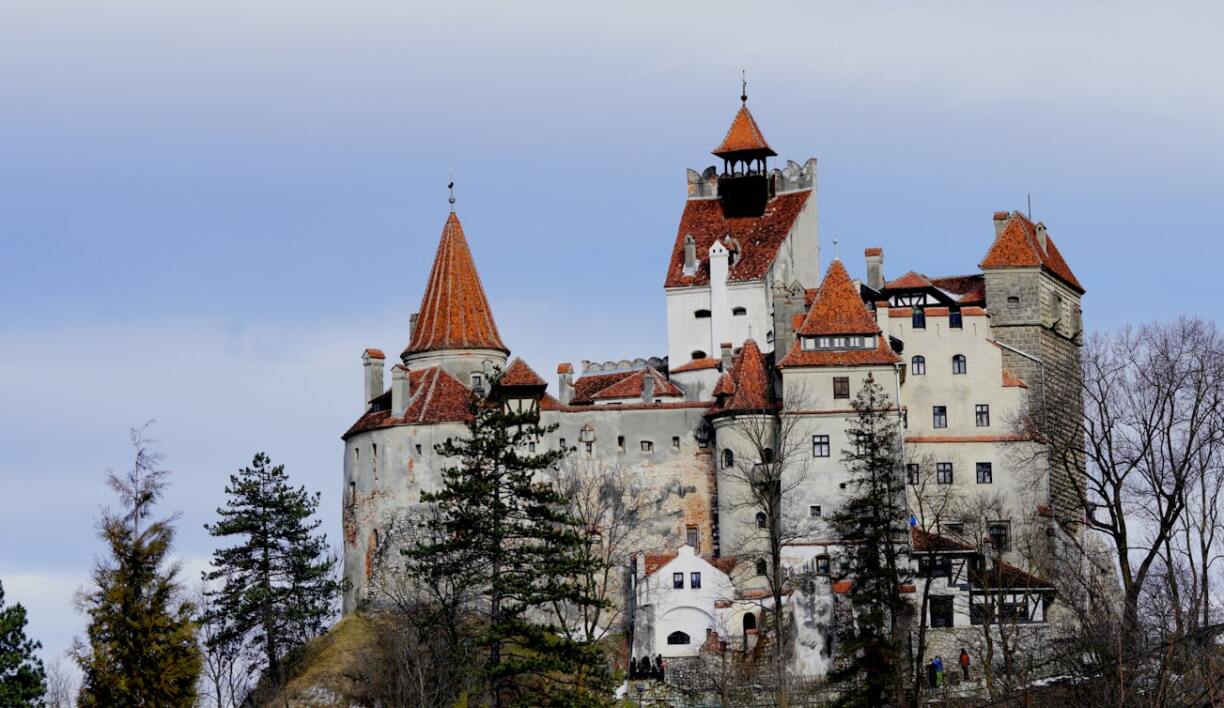
Romania, nestled between the Carpathians, the Danube Delta, and medieval towns, is often overlooked as a holiday destination, yet it remains authentic, exciting, and full of contrasts.
For many, Romania immediately evokes Dracula, castles, and dark legends (and for some pickled cabbage). But the country has many more faces: modern urban centres, remote villages, a dynamic culture, and gastronomy, all offered with a warm welcome.
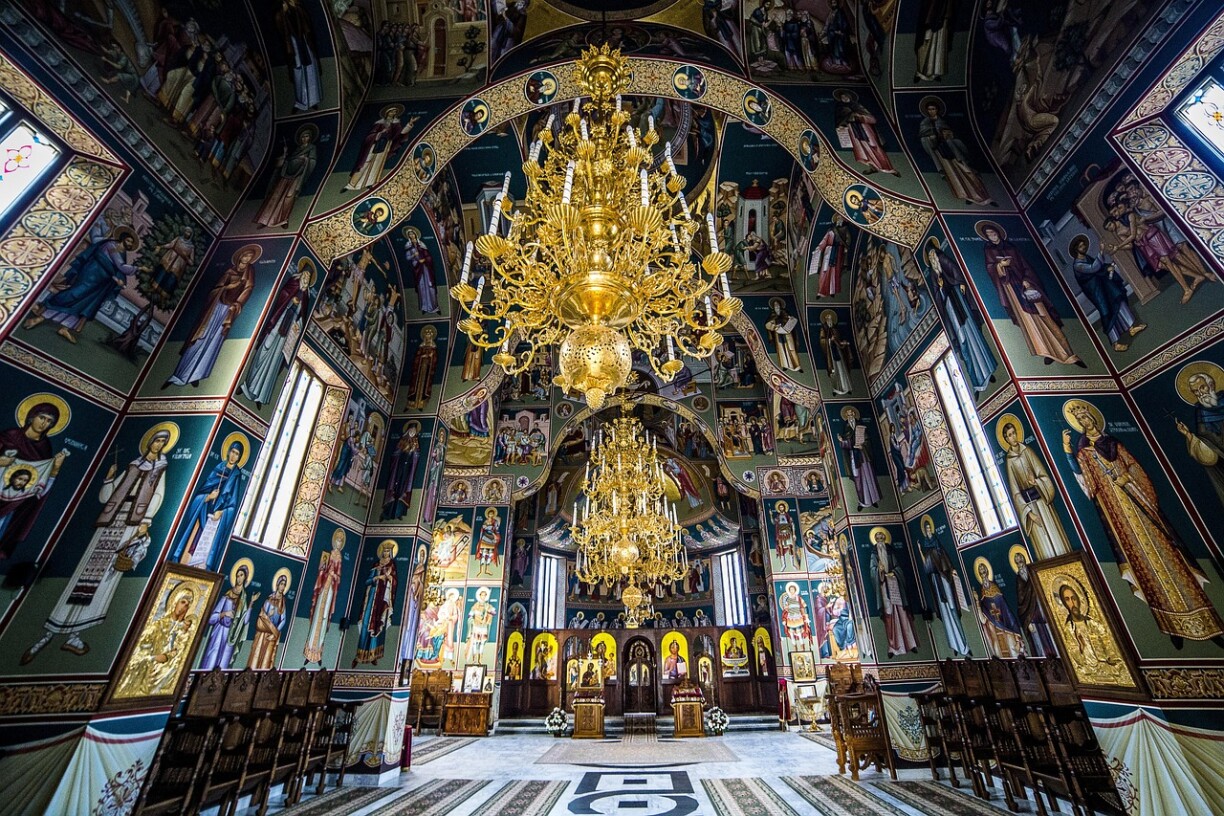
The capital Bucharest is often described as the Paris of the East. Its wide boulevards, Art Nouveau facades, cafés, and galleries define the city’s character. The Palace of Parliament, the world’s second-largest administrative building, is not only monumental in scale but also a symbol of Romania’s complex history.
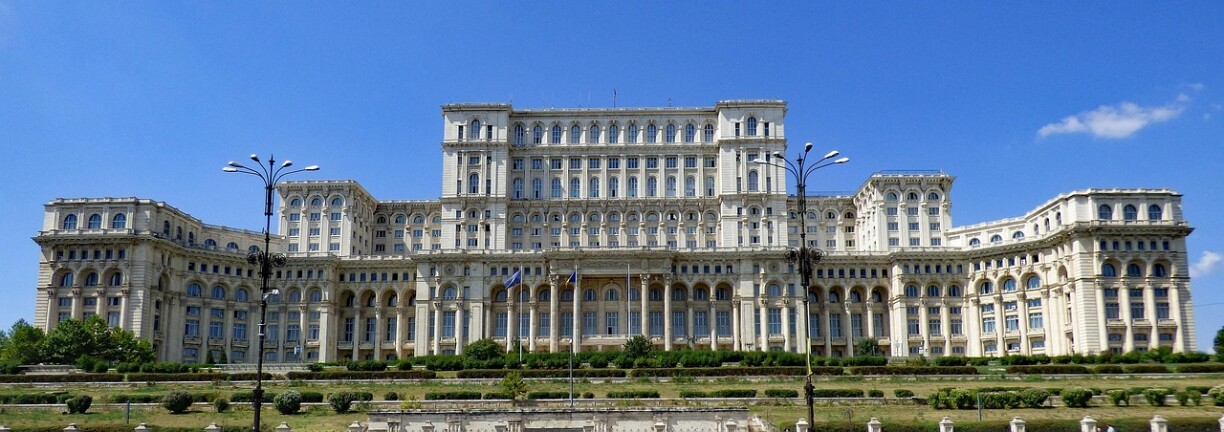
After the monarchy and two world wars, Romania lived for decades under a communist regime, whose traces remain visible today.
The true magic unfolds in Transylvania. The best-known attraction is Bran Castle, often linked to the Dracula myth, though historically with little substance. More striking are cities such as Brașov, Sibiu, and Sighișoara, with colourful facades, pointed towers, and old towns paved with cobblestones.
In 2025, Sibiu once again hosted the International Theatre Festival, one of the largest in Europe. Timișoara, the capital of the Banat region and European Capital of Culture in 2023, has been renovated and continues to serve as a centre for art and culture.
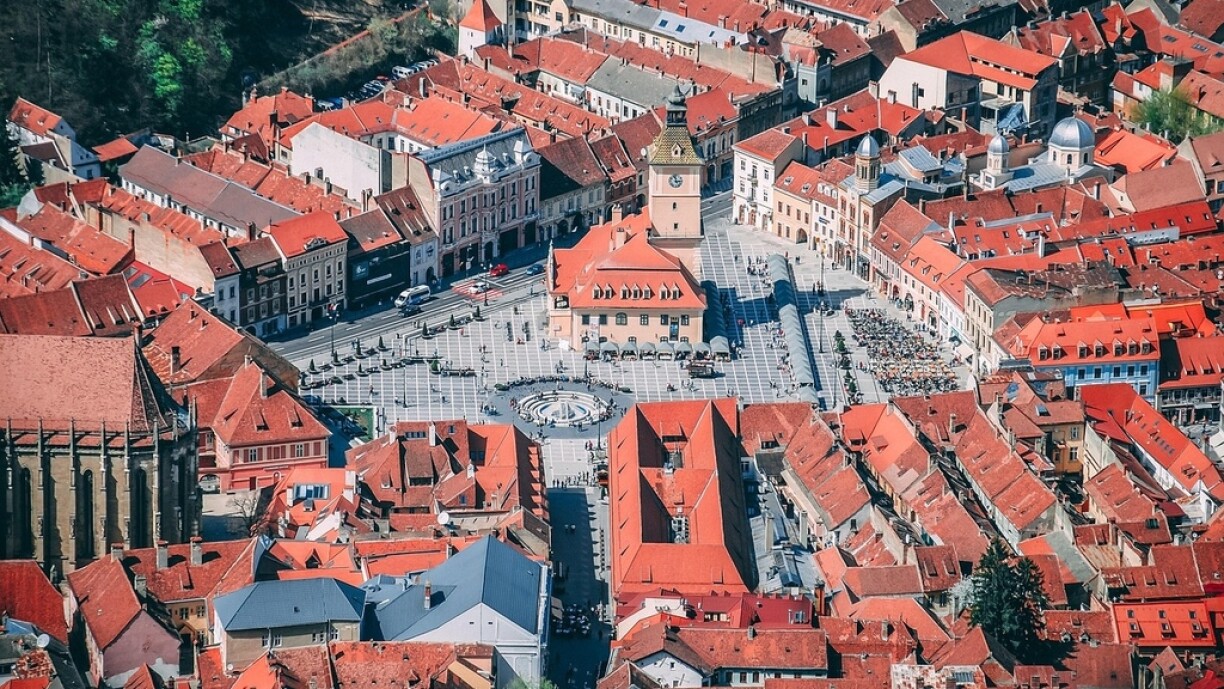
The Carpathians provide the perfect backdrop for nature lovers, with mountain plateaus, dense forests, small farming villages, and abundant wildlife, including bears, lynxes, and wolves still roaming free. A guide is recommended for safe and respectful exploration.
Further east lies the Danube Delta, a UNESCO biosphere reserve that meets the Black Sea. It is a paradise for birdwatchers and for those seeking peace in a unique ecosystem, with more than 300 bird species and a labyrinth of canals, lagoons, and reed meadows.
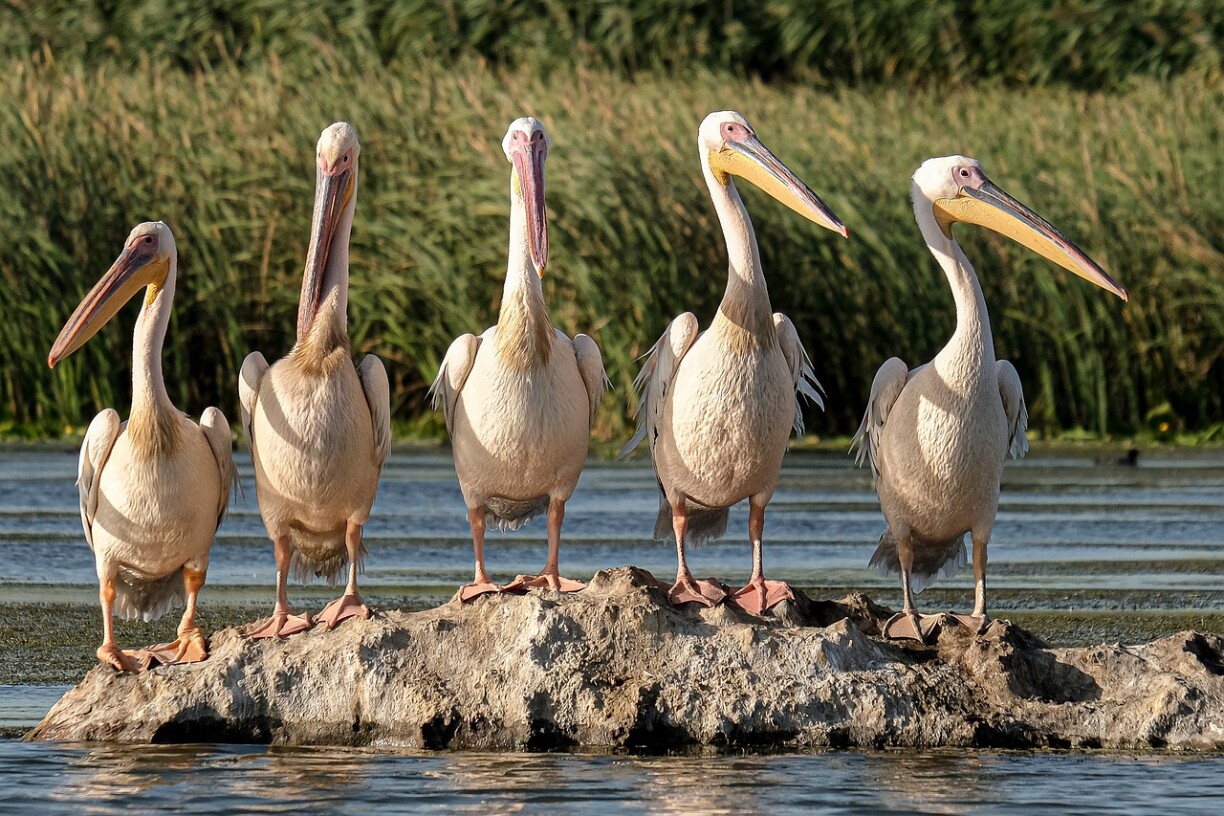
Romania’s cuisine blends Central and Eastern European traditions with its own character. Classics such as Sarmale (cabbage rolls), Ciorbă (sour soup with herbs), and mămăligă (a type of polenta) are found on almost every menu. For dessert, there is Papanasi, a sweet dumpling with cream and jam. And with nearly every meal comes Țuică, the country’s traditional schnapps.
A visit to Romania need not be reduced to Dracula souvenir shops. Travelling independently brings a more intense experience: renting a car, stopping spontaneously, or talking to locals makes all the difference.
For those preferring more structure, the Romanian government has been promoting sustainable quality tourism since 2025. New hiking routes, gastronomy tours, and organic farms, particularly in Maramureș and Apuseni, form part of this initiative.
Romania is not a classic holiday destination, yet that is its greatest strength. It is affordable, friendly, uncomplicated, and, above all, authentic. Whether hiking, strolling through cities or exploring its cuisine, much remains uncommercialised – and that is what makes it so appealing. Perfect for those seeking something different.https://www.rtl.lu/radio/vakanzendestinatiounen
Alternative getaways (1): Andorra – small country, big adventures
Alternative getaways (2): Slovakia – nature, culture, and enjoyment in the heart of Europe
Alternative getaways (3): Albania – authentic, unspoilt, and turquoise waters
Alternative getaways (4): Moldova – wine, culture, and hidden treasures
Alternative getaways (5): Poland – cultural treasures, hearty cuisine, and natural beauty
Alternative getaways (6): Liechtenstein – extraordinary nature and culture in just 160 km²
Alternative getaways (7): North Macedonia – the hidden gem of the Balkans
Alternative getaways (8): Belgium – more than shopping and beaches
Alternative getaways (10): Malta – Mediterranean island with old-world charm